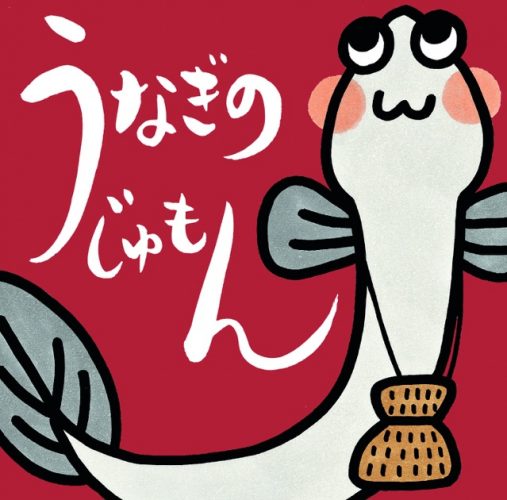
With their long, snake-like bodies, eels are some of the most unique fish out there with a wide variety of species and an interesting life cycle. They’ve also been an important part of Japanese culture since at least the Edo period and have even appeared in Japanese anime and video games. Today, we’re talking eels!
Eels as Animals
As we said in the intro, eels are a diverse order of fish with around 800 species, scientifically speaking, and many more if you include other similar animals that are commonly called eels like the famous electric eel. Besides their elongated bodies, eels also stand out with their complicated, multi-step life cycle starting from egg to flat, transparent larvae and then to glass eel, elver, and finally adulthood. Many eel species also migrate thousands of kilometers from the ocean to freshwater in the glass eel and elver stages and then back to the ocean as adults to spawn, similar to salmon.
Our eel of focus for this article is the Japanese eel, a fairly large brown-to-black-bodied eel with a light underbelly that migrates from the West Mariana Ridge inland freshwater to many countries in East Asia including Japan, Korea, China, Taiwan, and Vietnam. Unfortunately, like many other freshwater eels, Japanese eels are endangered due to overfishing and environmental changes.
Eels in Japanese Culture
First and foremost, Japanese eels, or unagi, have been an important food source in Japan for centuries where it is found in a variety of kabayaki dishes like unadon (grilled eel rice bowl) which itself has many variant dishes like Nagoya-style hitsumabushi. Unagi is also used in a popular sushi dish called unakyu (unagi + cucumber) but is always cooked since raw eel isn’t safe to eat. In Japanese mythology, the source of earthquakes is sometimes said to be the Jinshin-Uwo, a giant eel (or catfish) that lives beneath Japan and shakes the island when it thrashes its body.
In modern times, unagi has become a luxury cuisine and specialty unagi restaurants are common throughout Japan. One popular occasion for eating unagi is Doyo no Ushi no Hi (Midsummer Day of the Ox), which is traditionally considered the hottest day of the year (and often is). Unagi is rich in protein and many vitamins so it is eaten as a health boost to get through the oppressively hot and humid Japanese summers.
Regrettably, almost all unagi eaten today is imported from unsustainable fish farms that raise young, wild-caught eels that put further stress on the wild eel population. Eels imported from mainland China have also been found to contain the antibacterial chemical malachite green, which is banned in Japan and labeled a carcinogen, among other issues.
Anime & Eels
While certainly not superstars of the anime world, eels have appeared in a good amount of series including in several dishes in Shokugeki no Soma (Food Wars!) like Satoshi Isshiki’s Hitsumabushi “Polar Star Dorm Flavor”. Fans of Samurai Champloo will likely remember Jin’s haphazard stint of running an eel stand in Episode 11 where he gets some much-needed cooking help from the woman he met on the bridge (and later rescues from forced prostitution) who tells him that “eels are like women, if you hold them down forcibly they’ll just get away.”
Eels seem to be a fairly popular choice for sexual gags as well like Maya being attacked by eels in the first Sabagebu! Special Mission OVA in a very, umm, tentacle-y manner, the gloriously random "Kind-of Pervy Song About Eels" from Fushigi na Somera-chan (Magical Somera-chan) Episode 4, and, of course, the frequent use of splendid garden eels throughout Shimoneta for comical censorship and visual innuendo!
Shimoneta OP "B Chiku Sentai SOX"
Some other anime eels include Dino, Petra Fina’s experimental eel henchmen in Jikuu Tantei Genshi-kun (Flint the Time Detective) and the bizarre, half-eel half-dog creature Unagi-Inu from Fujio Akatsuka's classic Tensai Bakabon (Genius Bakabon) manga and its many anime adaptations.
Final Thoughts
Altogether, eels probably deserve a lot more respect than we give them as unique, world-traveling creatures that have inspired legends, delicious cuisine, and even anime sex jokes! In all seriousness, we do hope that the many species of eel currently endangered will be given more protection to ensure their continued survival.
Let us know your thoughts on eels in the comments section below and be sure to stick around Honey’s for more fantastic fish coverage (maybe) and definitely more anime! Until next time, watch out for that terrifying eel in Jolly Roger Bay! See ya~

